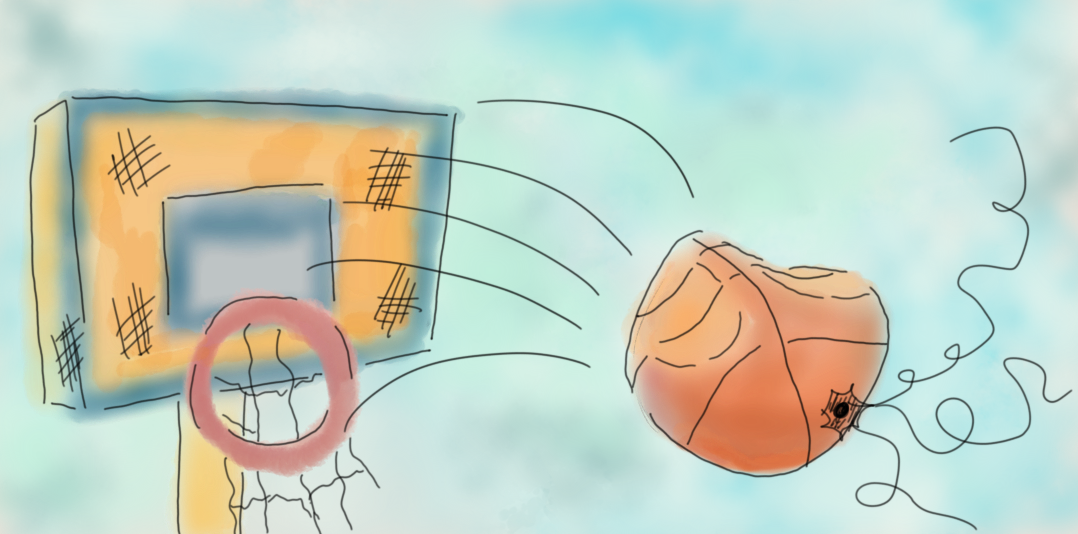
During a worldwide pandemic in a nation struggling to persevere, sports headlines are not as captivating, often limited to top revenue-generating sports such as football and basketball. However, there are over 460,000 NCAA student-athletes, so these select groups that the sports networks choose to cover are only a small percentage of the athletes who make up the landscape of college sports.
Football and basketball account for the majority of revenue most schools in the NCAA generate, with per-school averages of $31.9 million and $8.1 million, respectively, according to the NCAA (numbers based on the 2016-17 seasons).
While the attention they receive is warranted, the reality of the situation is quite simple. More than 93% of student-athletes in underfunded sports still have to find a way to train and prepare for a season amid a pandemic in an environment where their particular sport might not be at the top of the priority list.
This might often leave them asking, “What about us?”
The Sun Belt Conference seems to be mirroring its season plans with the SEC. In late July, both conferences decided to move the “first permissible date of competition” to Sept. 3. It appears that Georgia State and the Sun Belt will move forward with football planning to kick off the season over Labor Day weekend.
Another Georgia State sport getting started in early September will be the volleyball team, whose season opened up on Saturday.
Head coach Sally Polhamus expressed confidence in Georgia State’s handling of return to play.
“I have been extremely impressed and fully trust the protocols that Georgia State, our athletic department and volleyball program have adopted and follow on a daily basis,” she said.
Polhamus also noted the program’s efforts to create a safe environment and how the players are well educated on how to stay in shape during the time.
This could be a credit to the Sun Belt’s policies and implementations.
“Sun Belt member institutions have focused since June on a safe return to athletic activities,” the conference stated in a press release. “We believe this timetable will allow for the healthy integration of the entire campus community for each Sun Belt member.”
Panthers men’s basketball forward Eliel Nsoseme echoed similar sentiments about how the athletic department and conference have handled return to play.
“I believe the stuff the athlete department is doing is the best to make sure we are safe on campus,” he said. “The whole team gets tested every week, and it is a blessing to have that opportunity to do it. There is not a safer place if we do not do everything in our power to follow the guidance given by the staff no matter if we are on campus or at home.”
Although safety seems to have been executed effectively this does not negate the challenges that have come with preparing for a sports season away from teammates and coaches.
One Georgia State athletic director said that “we are not around the teams like we normally would be. I’m covering men’s soccer this year, and I have yet to meet the team.”
But the athletics department continues to evolve with creative solutions creating one of the few positives that have arisen from this pandemic which has been the creative adaptability and teamwork sports departments have displayed. From the accountability of our athletes in the gym to Zoom team meetings Georgia State athletics has not missed a beat.
“Since March, we have had one to two zoom calls a week with our team, adding the newcomers in June,” Polhamus said. “It was a great time of growth for our players, watching videos and building on the mental side of the game. With our extended preseason, we have worked hard on the court and in the weight room to get into match shape and prepare for our first match.”
Although slightly less enthusiastic about the time away from the team, Nsoseme was also able to touch on the importance of virtual connection during the hiatus.
“It was really hard and frustrating to not be able to train and to get together as a team,” he said. “We were checking on each other all the time and had several Zoom meetings. We are a family, and that will not change. It is something that we cannot control. Now that we have a chance to get into the gym, we are using this time to get better and ready for the upcoming season.”
Yes, it is true that there is a large disparity in the college athletics world between the big-name sports and everything else. However, amid the crisis, it appears that both the Sun Belt and Georgia State’s athletics department are prioritizing the health and success of all athletes and sports on campus.
The main goal of this season is to have athletes healthy, prepared and, of course, to finish.
Polhamus put it best: “We are only concerned about playing games this season. If matches are canceled or postponed at a later day, we will worry about that then. Right now, the focus is on getting the team ready for the season and controlling the things we can control.”
